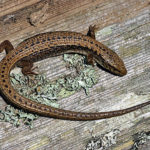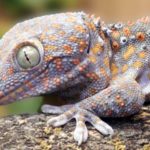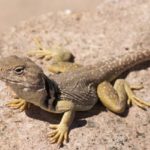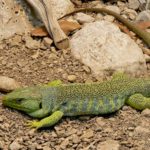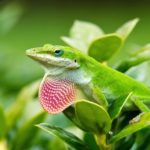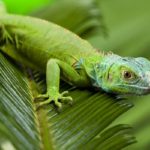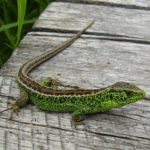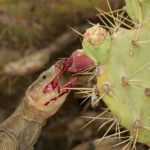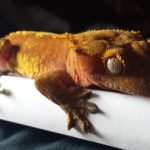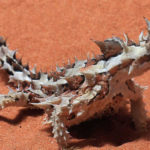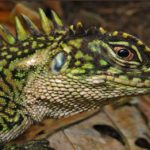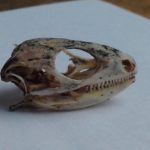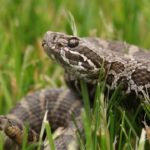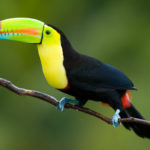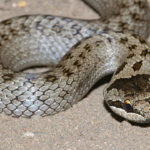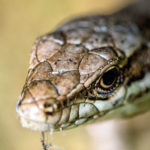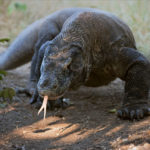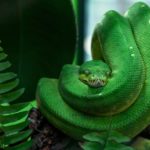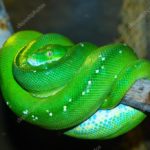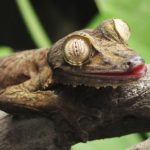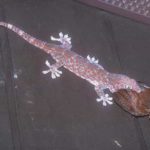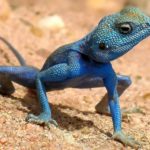Lizards – information
 Most lizards are predators. The size of the extraction depends on the size of the lizards themselves. Small and medium-sized lizards feed mainly on various insects, spiders, worms, mollusks and small vertebrates. Larger lizards consume larger prey – fish, zemunodnyh, other lizards and snakes, birds and their eggs, various mammals.
Most lizards are predators. The size of the extraction depends on the size of the lizards themselves. Small and medium-sized lizards feed mainly on various insects, spiders, worms, mollusks and small vertebrates. Larger lizards consume larger prey – fish, zemunodnyh, other lizards and snakes, birds and their eggs, various mammals.
A smaller number of herbivorous lizards. However (just as it was noted in the sketch of tortoises), many lizards, feeding mainly vegetable food, willingly add to their “menu” feed of animal origin and, on the contrary, predators – vegetable.
Moreover, at the majority of herbivorous lizards, young animals feed on insects for the first time and only pass to the fodder of their parents with time. Nutritional specialization among lizards is relatively rare, but nonetheless occurs, and this has to be taken into account. Thus, the nutrition of marine iguanas predominantly by one species of algae is of purely theoretical and general educational interest, and the narrow fodder specialization of certain round heads on ants or termites may be of practical interest to us.
Reproduction of lizards (as well as of turtles) is not distinguished by a special variety. During the breeding season, which occurs in countries with a temperate climate and a pronounced change of seasons in the spring, and in tropical regions can be completely acyclic, male lizards arrange marriage tournaments and take care of the females, after which they mate with them. Most lizards lay eggs.
Usually eggs have a thin leathery shell, less often (mostly in geckos) – dense, calcareous. The number of eggs in different species is different and can range from 1-2 to several tens. The female lays eggs for a year, one or several times, in the most diverse, but always secluded places – in burrows, cracks, under stones and driftwood, in hollows of trees, etc.
Some geckos stick eggs to trunks and branches of trees, in places of outcrops of rocky rocks, etc. In most cases, laying eggs, lizards no longer return to them. Only some of them take care of the offspring. Among our lizards is the yellow-belle (Orhisaurus apodus). Females of this species not only guard the masonry, but also take care of it – periodically turn over, clean from debris.
Even for a while after hatching young yellow-belted, females continue to protect them and even give way to food.
One of the forms of caring for the offspring can also be attributed to the ability of some lizards to delay the laying of eggs, waiting for the onset of favorable conditions for this. So, in a swarm of lizards, eggs can linger in the oviducts for 20 days. In others, for example, in the viviparous lizard (Lacerta vivipara), – until hatching. These are different stages of a single process – egg production. But in some species of lizards (most often skinks), there is also a true live birth, when the fibrous envelope of the egg is reduced and part of the oviduct comes into contact with the chorion – that is, a placenta is formed that feeds the embryo at the expense of the mother’s body.
